Write Us
We are just a call away
[ LET’S TALK AI ]
X
Discover AI-
Powered Solutions
Get ready to explore cutting-edge AI technologies that can transform your workflow!

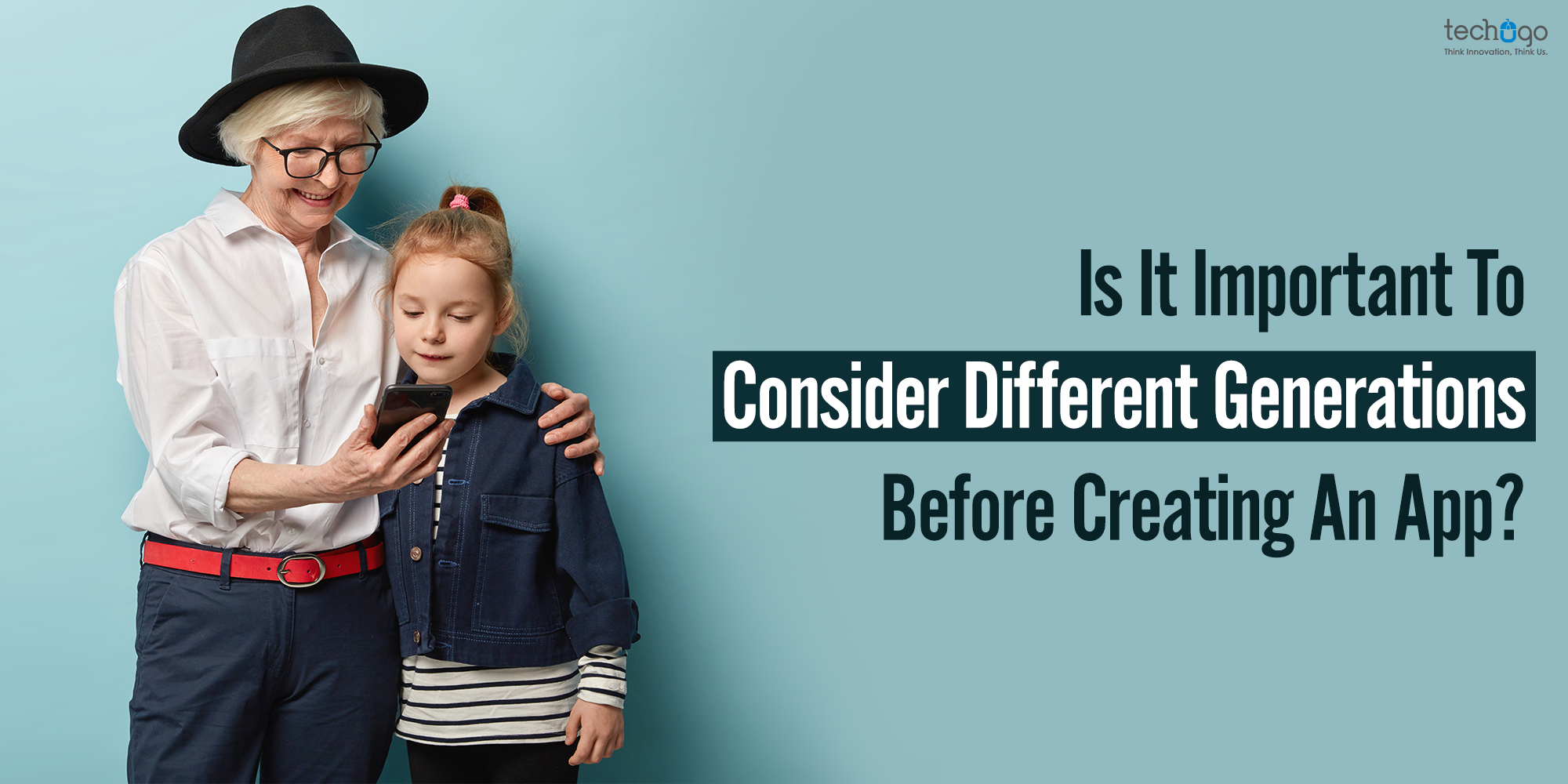
Does ‘demographic targeting’ really matter in app development?
Should brands really prioritize the process of understanding the ways in which different generations interact with an application?
On a scale of 1 to 10, how important is Gen Z for the success of your own application?
Today in this blog, we will help you understand the importance of demographic targeting for a winning mobile marketing strategy. You will be learning how every single engagement of every single session is a golden opportunity for a brand to impress its users!
So let’s get ready to dig deep and get our hands dirty, for good!!!
Within a decade of their introduction, mobile applications started targeting a variety of industries by incorporating a variety of emerging technologies. 2020 was undoubtedly a record-setting year for the entire Mobile App Industry. Global consumer spending on mobile applications touched a record $110 billion last year. This figure represents 30% year-over-year growth from 2019 when app stores generated a whopping $85 billion.
The figure is colossal, and therefore, it is important for entrepreneurs, now more than ever, to know how exactly their audience is utilizing their app. The market competition is so cutting edge, that it is extremely difficult to foster a loyal user base. Targeting single or multiple demographics totally depends on your marketing strategy, and we understand that. But, targeting them effectively, requires a bit of extra effort, and a slight push from experts.
On that note, let us first introduce you to the peculiarities of every generation, take a look!
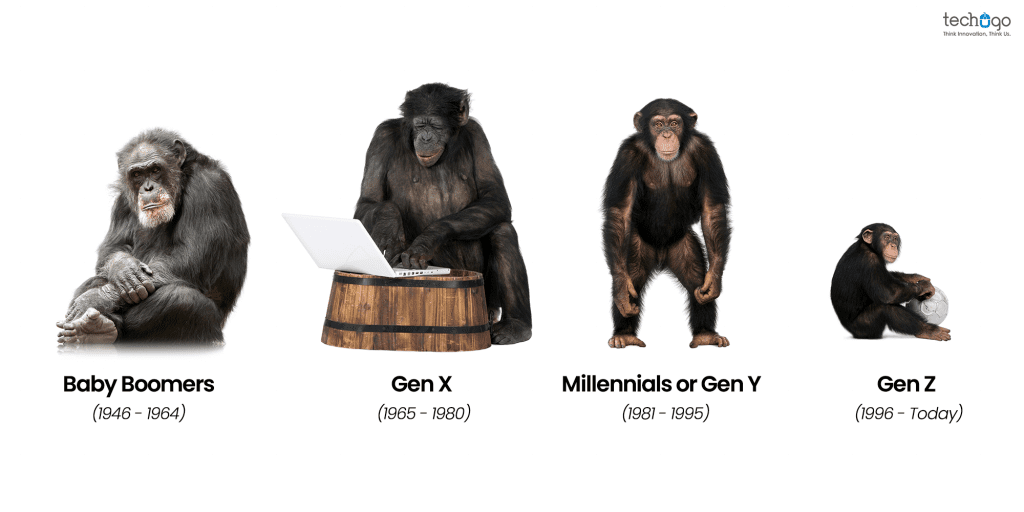
It is basically an approach that allows brands to utilize generational segmentation in marketing communication. Expert app strategists from all over the world prioritize on learning preference of every single age group to cater accordingly.
At Techugo, we actively utilize this approach to transform the application’s monetization strategies according to the demographic it needs to target.
It is extremely necessary for entrepreneurs, to focus on the fact that age influences and sculpts the manner in which users interact with technology. If you ever plan to create your own app, we want you to remember that one size does not fit all!
You need to understand your target audience in order to bridge the communication and operational gap. Having said that, we do understand the complexity of categorizing every individual on the basis of their social class, occupation, location, etc. That is why we recommend generational marketing which would make it much simpler for brands to target their user base.
Here’re some significant factors that will help you to identify different patterns of mobile app usage, based on different age groups. This list will not only help you to generate more personalized content for your target demographic, but it will also help app advertisers to optimize campaigns for better revenue generation.
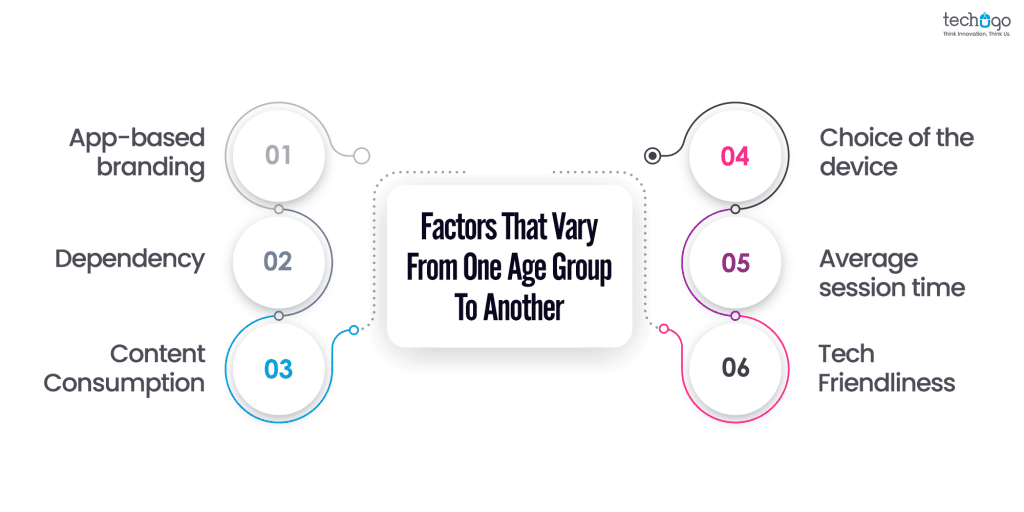
1. Tech-savvy- Aptitude for technology can differ from one generation to another. We can easily find examples from our daily lives. Our elders are less likely to apprehend technological progress, whereas the younger generation is much more comfortable with emerging tech trends.
2. Average session time- The average session time will definitely impact the success of the application. Therefore, you must study the facts at all costs, for example, the session duration for Gen Y is higher than Baby Boomers.
3. Choice of the device- Age can also influence the device preference. Getting comfortable with a wide variety of handheld devices can be very overwhelming for elders, whereas their younger counterparts might not have any problem in relishing the varied experiences.
4. Dependency- For Baby Boomers and Gen X, applications hardly hold any significance in daily routine. But for Millennials and Gen Z, applications are part and parcel of their lives. Therefore, apps can have little or huge day-to-day usage depending upon the age groups.
5. App-based branding- The response of every age group varies when it comes to app-based branding. It is very tough to engage the youngsters with brand promotions, while the elders can be easily persuaded.
6. Content consumption- Preferences can vary when it comes to absorbing the app content. For example, the conventional elders are more inclined to the informational content, and the youngsters are more interested in devouring the entertaining content.
These factors can vary from one age group to another. While these are just 6, there are many others that can help you to discover a variety of patterns of mobile app usage. To understand an application’s impact on every generation separately, let us fetch deeper insights.
We know them as old and experienced, and therefore brands need to approach them with complete sensitivity.
How to target them?
Tip for advertizers
Deliver customized content that does not disturb their experience. Facebook campaigns and YouTube work best.
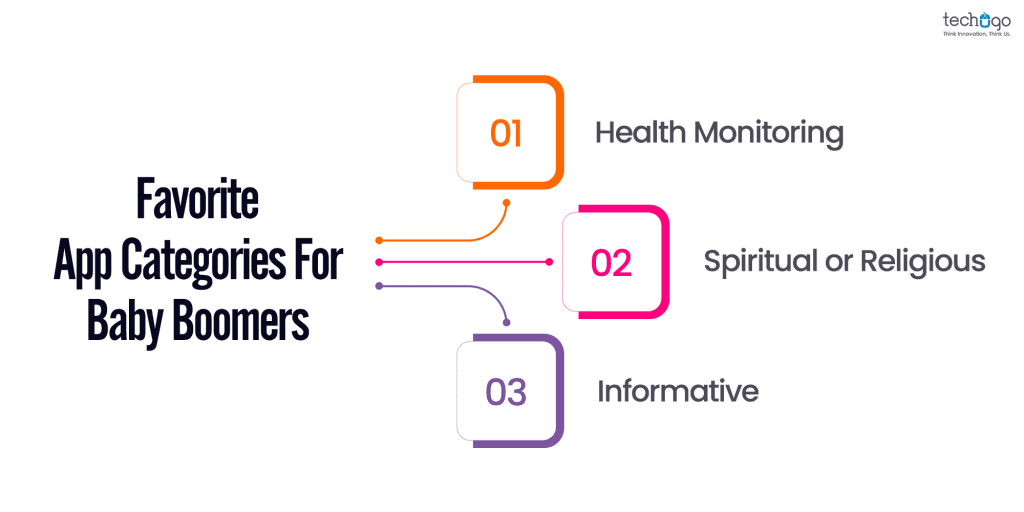
They are dependent on their younger counterparts for understanding rapidly changing technologies, but still are very crucial for marketers to address.
How to target them?
Tip for advertizers
One can easily attract their attention through the mail.
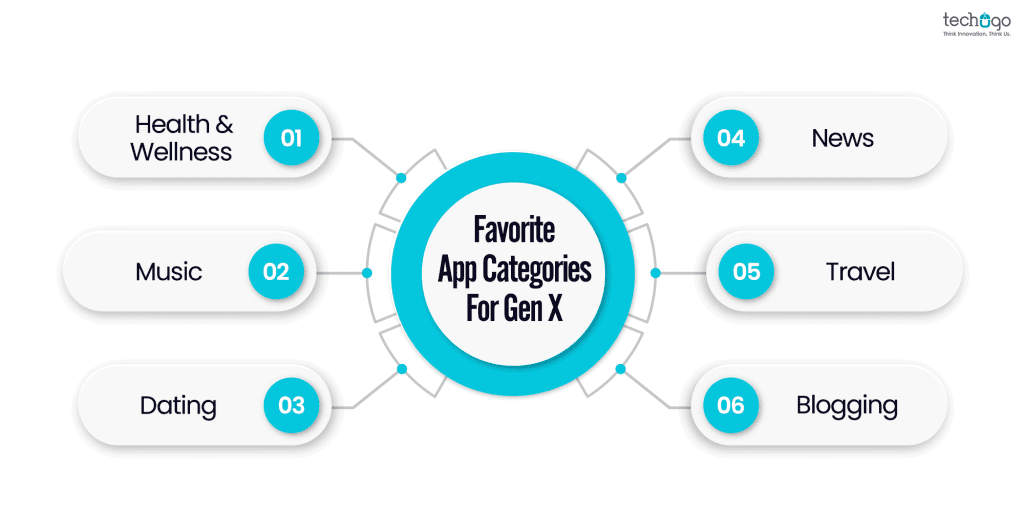
They are the ones to invent smartphones. Popularly known for their diversity in lifestyle and interest, they are the biggest consumer base for any market.
How to target them?
Tip for advertizers
Grab their attention with rewarding interstitial video format ads.
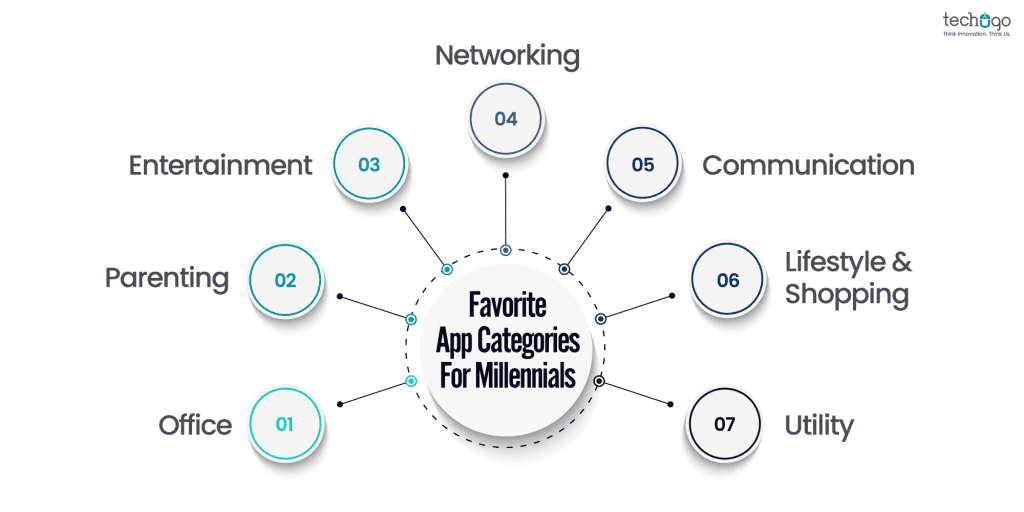
98% of Gen Z owns a smartphone by the age of 10. They are basically the ones born with a mobile in their hands. Since the user base is gargantuan, brands need to focus more on attracting them, as they are the reason why companies are approaching advertising differently.
How to target them?
Tip for advertizers
The easiest and most effective way to engage them is through visual ads.
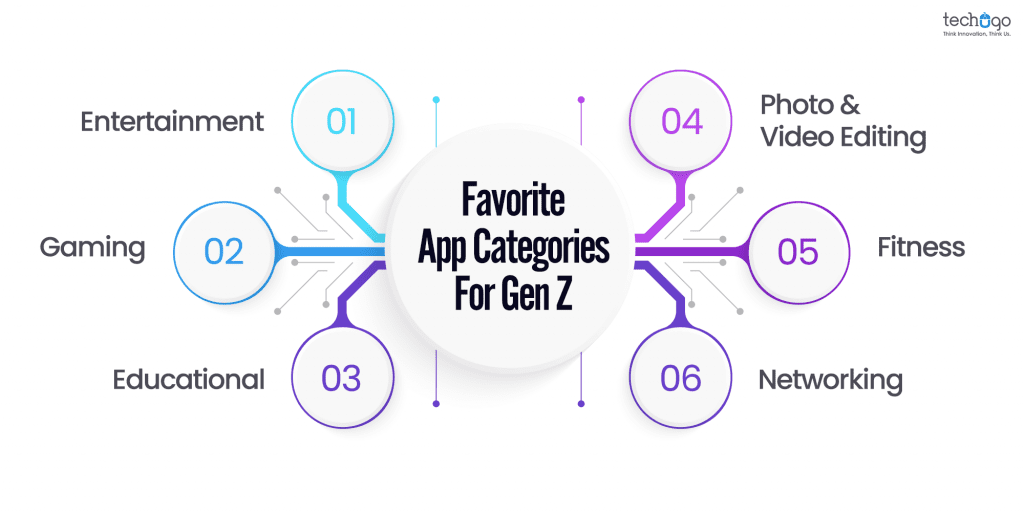
We now know how different age-groups can influence a brand’s application development and marketing strategies. If you ever plan to jump on the digital bandwagon, then make sure you consider different demographics to offer timely, personal, and relevant communication through an application.
Smartphone applications surely deliver a great way to garner brand awareness and trust. But, following the right approach is equally important.
Frankly, it is all about tapping into the app industry with an authentic approach that resonates with the users.
That is all for now, for more buzz from our world, stay tuned!!!
Write Us
sales@techugo.comOr fill this form